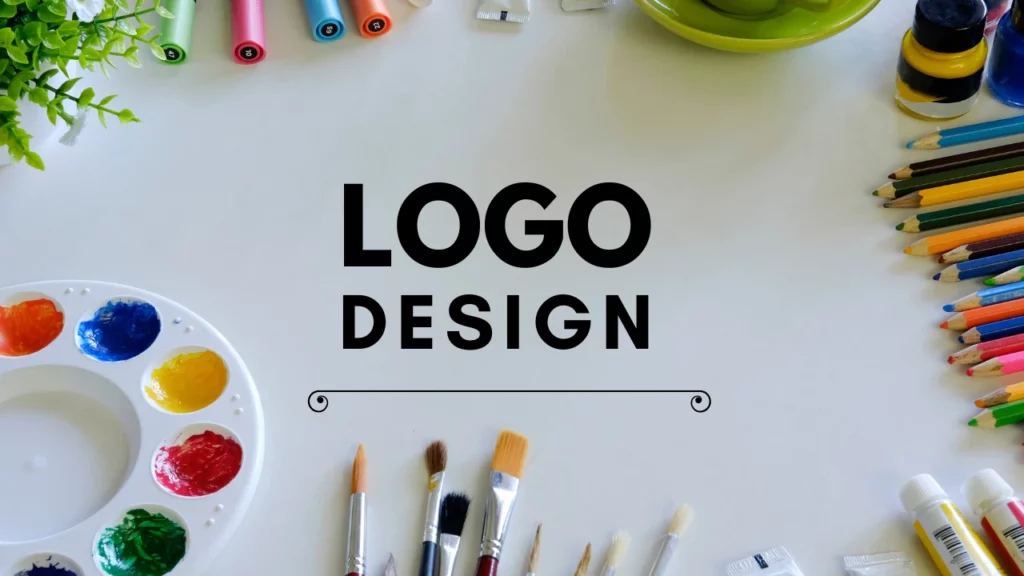Mastering the Art: A Guide to Becoming a Logo Design Specialist
In today’s visually-driven world, an appealing and impactful logo is essential for any business seeking to establish its identity and connect with its target audience. Logo design is an art form that requires a combination of creativity, technical skills, and an understanding of branding principles. If you have a passion for design and aspire to become a logo design specialist, this article will provide you with a comprehensive guide on how to embark on this exciting career path.
Develop a Strong Foundation:
Before diving into logo design, it’s crucial to build a solid foundation of design knowledge. Familiarize yourself with the principles of graphic design, such as color theory, typography, composition, and visual hierarchy. Understanding these fundamentals will help you create well-crafted and visually appealing logos.
Study Successful Logos:
An effective way to enhance your skills is to study successful logos created by established designers. Analyze their design choices, color palettes, typography, and overall execution. This process will help you develop an eye for what works and gain inspiration for your own designs.
Master Design Tools:
Proficiency in design software is a must for a logo design specialist. Adobe Illustrator is the industry standard tool used for creating vector-based designs. Invest time in learning its features and techniques to manipulate shapes, create custom typography, and achieve precise alignments. Additionally, gaining familiarity with Adobe Photoshop can be beneficial for enhancing and refining your designs.
Understand the Brand and Target Audience:
A logo is a visual representation of a brand’s identity. To create a logo that effectively communicates the essence of a business, it’s essential to understand the brand’s values, mission, and target audience. Conduct thorough research, communicate with clients, and ask questions to gain a comprehensive understanding of the brand you’re designing for.
Emphasize Simplicity and Versatility:
A great logo is simple, memorable, and versatile. Aim to create designs that can be easily recognized at various sizes and across different mediums. Avoid complex illustrations or excessive details that may lose clarity when scaled down. Strive for a design that remains impactful even in black and white or when resized to fit a social media profile picture.
Iterate and Seek Feedback:
Iteration is an integral part of the design process. Don’t be afraid to experiment with different concepts and variations of your logo designs. Seek feedback from fellow designers, mentors, or even potential clients. Constructive criticism can help you refine your work and broaden your perspective.
Stay Updated with Design Trends:
Design trends evolve continuously, and staying up to date with the latest trends is essential for a logo design specialist. Follow design blogs, explore design communities, and participate in online forums to remain aware of emerging trends, while also honing your unique style and avoiding being overly influenced by passing fads.
Build a Strong Portfolio:
As you progress in your logo design journey, compile your best works into a professional portfolio. Showcase a variety of styles and approaches to demonstrate your versatility. A well-curated portfolio will serve as your calling card and help you attract potential clients or secure design positions.
Networking and Collaboration:
Building a strong professional network can significantly enhance your career prospects. Attend design conferences, join local design associations, and engage with designers online. Collaborating with other professionals can lead to valuable opportunities, provide feedback, and offer a platform for learning from one another.
Continuous Learning and Growth:
Design is an ever-evolving field, so it’s crucial to continue learning and growing. Explore online tutorials, enroll in design courses, and stay curious. Experiment with new techniques, styles, and approaches to push your boundaries and maintain your passion for logo design.
Learning Resources:
YouTube Channels:
- The Futur – Offers a wide range of design-related content, including logo design tutorials, critiques, and interviews with industry professionals.
- Dansky – Provides in-depth tutorials on logo design techniques using Adobe Illustrator and Photoshop.
- Will Paterson – Focuses on logo design, lettering, and typography tutorials with practical tips and demonstrations.
- Sean McCabe – Covers various design topics, including logo design principles, branding, and business advice for designers.
- Logo Geek – Offers tutorials, case studies, and interviews specifically focused on logo design.
Books:
- “Logo Design Love: A Guide to Creating Iconic Brand Identities” by David Airey – A comprehensive guide that covers the principles and process of creating effective logos.
- “Logo Modernism” by Jens Müller and R. Roger Remington – Showcases a vast collection of modern logos from the mid-20th century, providing inspiration and historical context.
- “Symbol” by Angus Hyland and Steven Bateman – Explores the use of symbols and icons in branding and logo design, featuring case studies and visual examples.
- “The Brand Gap” by Marty Neumeier – Offers insights into the strategic aspects of branding and how logos fit into the overall brand identity.
Blogs and Websites:
- Logo Design Love – A blog by David Airey, covering logo design tips, case studies, and interviews with renowned designers.
- Dribbble – An online community for designers to showcase their work, find inspiration, and engage with other designers.
- Behance – A platform for designers to showcase their portfolios, discover trends, and get inspired by the work of others.
- Logo Lounge – A website that features logo design inspiration, trends, and articles on logo design best practices.
Conclusion:
Becoming a logo design specialist is a journey that requires dedication, continuous learning, and a keen eye for detail. By following this comprehensive guide and immersing yourself in the world of design, you can hone your skills, create impactful logos, and establish yourself as a sought-after professional in the field. Remember, persistence and a passion for design will drive your success as you embark on this exciting career path.
If you need further assistance, feel free to Contact Us.
